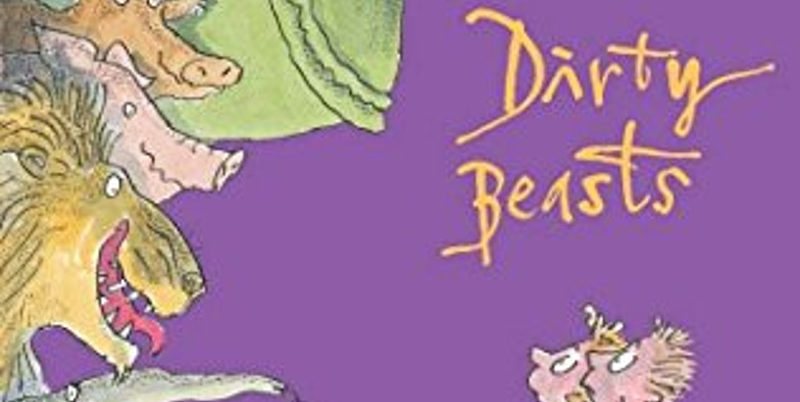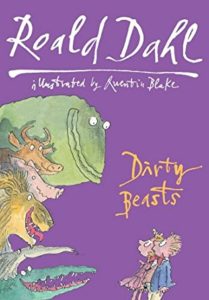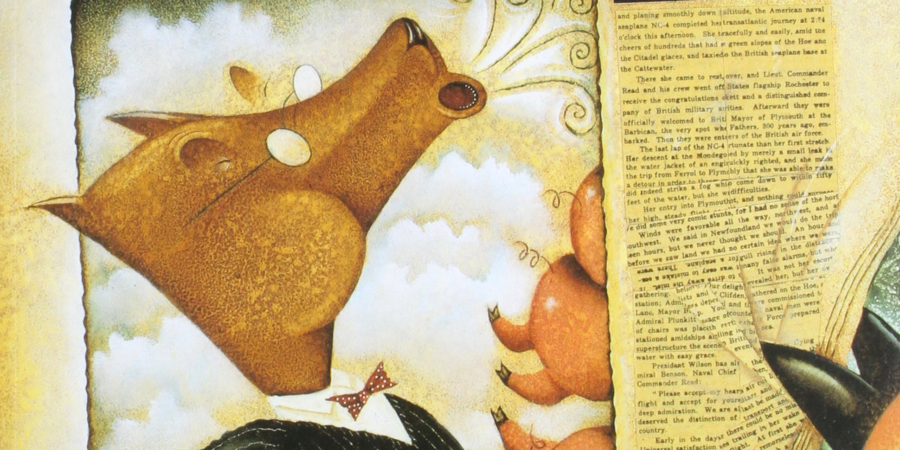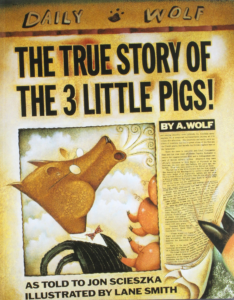Porcupining: A Prickly Love Story by Lisa Wheeler, Illustrated by Janie Bynum | Book Review
Disclosure: I did not receive any compensation for this review. I was not even serenaded by a porcupine. Cover art is copyright of Little, Brown.
 This is the story of Cushion, a lone Porcupine who lives in a petting zoo. You can imagine what a depressing life that is! Lonely and dejected, Cushion jailbreaks his pen and goes in search of a wife, banjo in hand. Yes, he plays the banjo. I can’t decide if this is magnificent or mortifying. Maybe both.
This is the story of Cushion, a lone Porcupine who lives in a petting zoo. You can imagine what a depressing life that is! Lonely and dejected, Cushion jailbreaks his pen and goes in search of a wife, banjo in hand. Yes, he plays the banjo. I can’t decide if this is magnificent or mortifying. Maybe both.
What keeps Cushion from finding a mate isn’t his prickly exterior, or his banjo playing, or his singing. Well, those might be contributing factors, but they aren’t his ultimate downfall. No, that lies in how he expresses himself.
Cushion is the Mr Collins of porcupines.
I’m not exaggerating. He is single-minded in his goal of “porcupining for a wife” (cringe) and has a talent for delivering insults as if they were compliments. When his advances are poorly received, he writes off the other party as the one at fault and continues on his way to woo his next victim.
Of course, as this is “a prickly love story” Mr Coll- Cushion manages to inexplicably find his perfect match in a beautiful hedgehog. Much like Elizabeth Bennet, I am flabbergasted…and intrigued. Critical as I may be of Cushion’s character, I am interested to know how this prickly love story will pan out – and there just so happens to be a follow-up book, ‘Hokey-Pokey: Another Prickly Love Story.’ I may read it.
My favourite illustrations in the book are actually the ones in the cover pages. The ones of Cushion trying to catch hearts in a net and a jar are very sweet, and the one of him smooching a hairbrush is simultaneously funny and embarrassing.
I would recommend ‘Porcupining: A Prickly Love Story’ to anyone who likes puns (so many puns) and stories where even the most obtuse and exasperating of creatures can find love.



 ‘Dirty Beasts’ is a book of poems by Roald Dahl about various animals, most of whom seem to be aggressive towards humans in one form or another.
‘Dirty Beasts’ is a book of poems by Roald Dahl about various animals, most of whom seem to be aggressive towards humans in one form or another.

 Disclosure: I did not receive any compensation for this review. I didn’t even get a cup of sugar. Cover art is copyright of Scholastic.
Disclosure: I did not receive any compensation for this review. I didn’t even get a cup of sugar. Cover art is copyright of Scholastic.